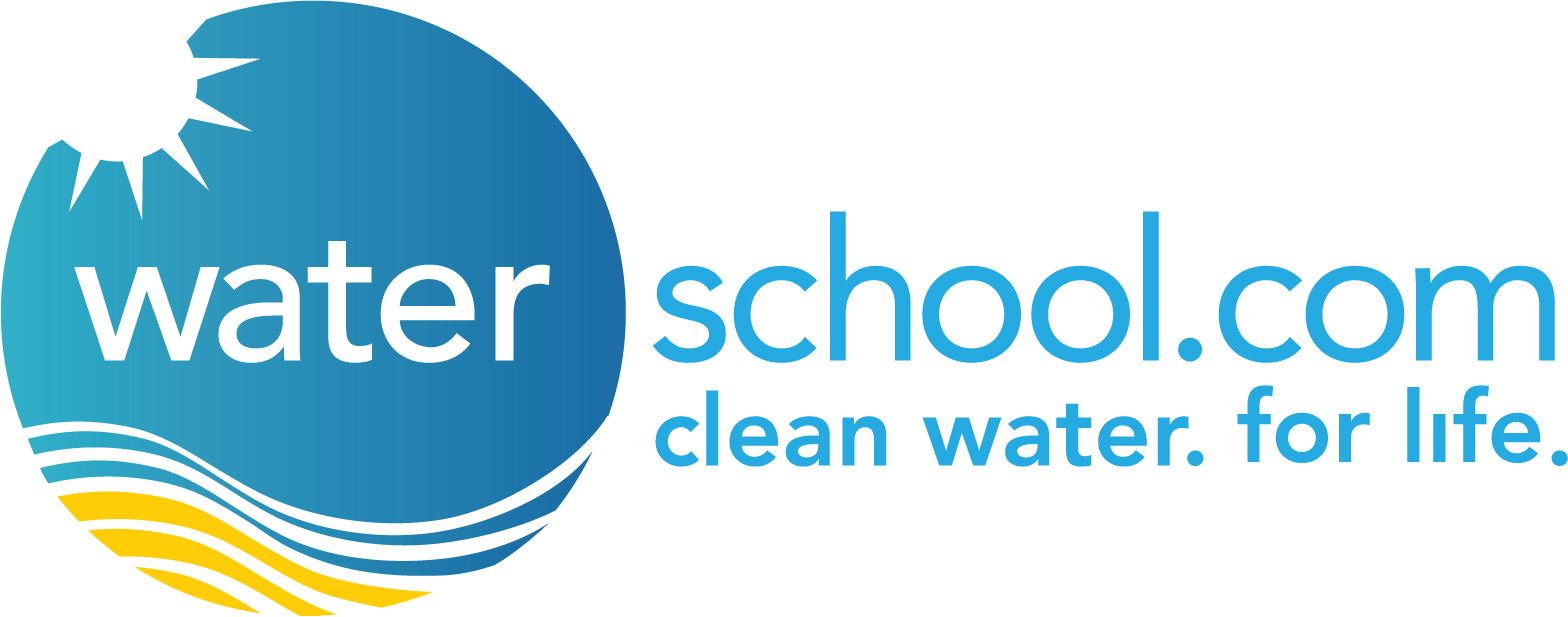Plastic bottles have earned a bad reputation in recent years and often for good reason. But not all bottles are created equal. Here's how to clean water in Africa with nothing more than a plastic bottle and the sun.
It's been a growing concern that the chemicals that leach out of plastic bottles left in the sun are dangerous for people's health. While certain types of bottles can be harmful, not all of them are. Since WaterSchool's SODIS program relies heavily on the use of plastic bottles in the sun, it's important to outline the differences and the bottles that we use.
The chemicals of concern that have been leaching into water from plastics are called Bisphenol A (BPA) and antimony. While BPA is present in many plastic bottles, it is not present in PET bottles, which are the bottles used for SODIS and therefore, it poses no threat at all to SODIS users.
Antimony is present in minute quantities in PET bottles, and antimony does leach into water from PET bottles. However, rigorous studies have proved that the level of antimony that leaches into SODIS bottles during the solar disinfection process is not a health threat. According to the World Health Organization's list of water contaminants, the antimony levels reached during SODIS treatment are well below the WHO’s guidelines for safe drinking water.
We use a mixture of new and lightly used PET bottles for our SODIS projects. After WaterSchool's bottles have reached the end of their useful SODIS lifespan (ex. if a bottle becomes too scratched, it won't be effective for SODIS), they are recycled or repurposed for use around the house, school or place of work.
Typically WaterSchool's SODIS bottles are used over 1,000 times before they are recycled.
Should you have any questions or concerns about WaterSchool's use of plastic bottles for SODIS or our sustainability, please don't hesitate to contact our team.

